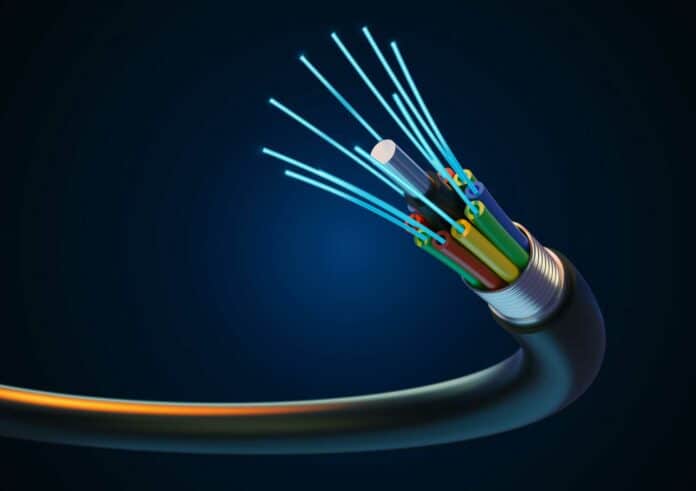Working with the Swiss Federal Institute of Metrology (METAS), scientists from the Institute of Geophysics at ETH Zurich have discovered an incredible low-cost technique that allows precise earthquake measurements even on the ocean floor and in less developed nations. By taking advantage of a function in fiber-optic infrastructure, they obtained the vibration data from the active noise suppression system, increasing the signals’ accuracy in optical data communication.
There is no need for extra hardware or pricey infrastructure—all that is needed is to store and analyze the active noise suppression data.
It is helpful to contrast active phase noise cancellation (PNC) with the noise suppression features of modern high-end headphones, which almost eliminate background noise for users, to comprehend better how PNC measures seismic tremors. The microphones on these headphones are capable of picking up background sounds. After being reversed, this signal is fed into the audio signals instantly. The phase-inverted signal makes the external noise inaudible, which wipes it out one-to-one.
In an optical data communication system’s partial noise canceling (PNC) process, the “ambient noise” in the optical fiber is identified by comparing the initially sent signal with a part of the signal reflected back by the receiver. The variance between these two signals reveals the interference that affected the light signal as it traveled through the optical fiber. This interference can be canceled out using an appropriate anti-signal.
The “noise” in optical data transmission results from tiny micrometer-level perturbations to the optical fibers. This happens due to surface deformation brought on by earthquakes, sea waves, variations in air pressure, and human activity. The fiber slowly lengthens or shortens with each deformation. This phenomenon is called a photo-elastic effect, which produces a very minor fluctuation in the light’s speed within the fiber.
Minute amounts alter the frequency of the light signal due to variations in fiber length and light speed. This phenomenon has been used in specialized instruments to monitor vibrations for several years.
However, when examining the noise suppression system in the fiber-optic communication of Switzerland’s atomic clock infrastructure, as studied by scientists at ETH and METAS, there’s no need for extra measuring instruments. The deformations can be effortlessly determined by observing the adjustments made to the time signals. This correction fine-tunes the signal’s wavelength in the terahertz range (1 trillion oscillations per second) by a few hundred hertz, approximately one-tenth of a billionth.
Geophysics professor Andreas Fichtner said, “These changes might be tiny, but they paint an obvious picture of the vibrations to which the fiber-optic cables are exposed during the observation period. Using the PNC of the fiber-optic link between Basel and the atomic clock site at METAS in Bern, we could precisely track every wave of a magnitude 3.9 earthquake in Alsace.”
“But even better, a quake model based on our data also corresponded extremely accurately to the measurements taken by the Swiss Seismological Service.”
“This nearly exact match shows that the PNC data can be used to determine an earthquake’s location, depth, and magnitude accurately. This is particularly interesting for comprehensive tsunami warnings or earthquake measurement in less developed regions.”
Journal Reference:
- Noe S, Husmann D, Müller N. et al. Long-range fiber-optic earthquake sensing by active phase noise cancellation. Sci Rep 13, 13983 (2023). DOI: 10.1038/s41598-023-41161-x
